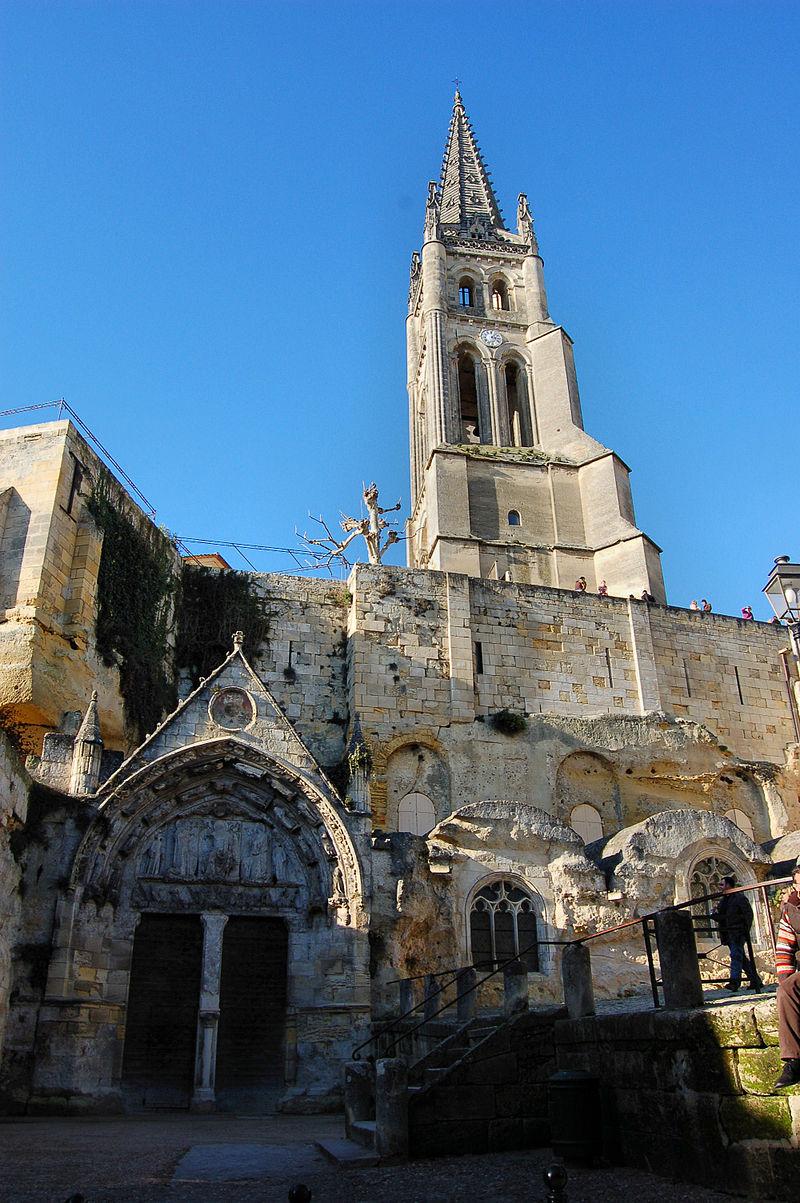Church of Monolithe
The church is an underground religious building dug at the beginning of the 12th century in impressive proportions (38m long and 12m high). In the heart of the city, the monolithic church recalls the religious activity of the city in the Middle Ages and intrigues by its unusual design. If it reveals itself to the visitor's eyes by the position of a 68-metre high bell tower, it then hides behind the elegance of three openings in the facade and an often closed Gothic portal. The church is as surprising as it is fragile!
About this building
The monolithic church served for a long time as a burial place for the Benedictine monks of the monastery of Saintonge. The walls of the church and those of the crypt contain a large number of tombs. Around the middle of the 9th century, the monastery must have been ravaged by the Normans. In 1080, the Archbishop of Bordeaux brought it under his authority and again provided it with religious. In 1110, the Archbishop of Bordeaux reformed the monastery and placed it under the rule of Saint Augustine. It was probably at this time that a tower was erected above the underground church, which later served as the base for the Gothic bell tower. At the beginning of the 14th century, the canons were relieved of monastic life and secularised by Pope Clement V, who erected the community in chapter. At that time, the collegiate church was developed and the monolithic church was pierced with Gothic windows and a portal. In the 16th century, the bell tower received an arrow. The windows on the ground floor were filled in and the base was fortified with a buttress.






